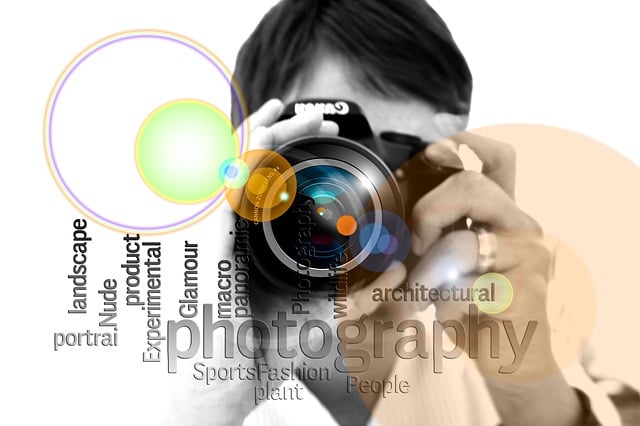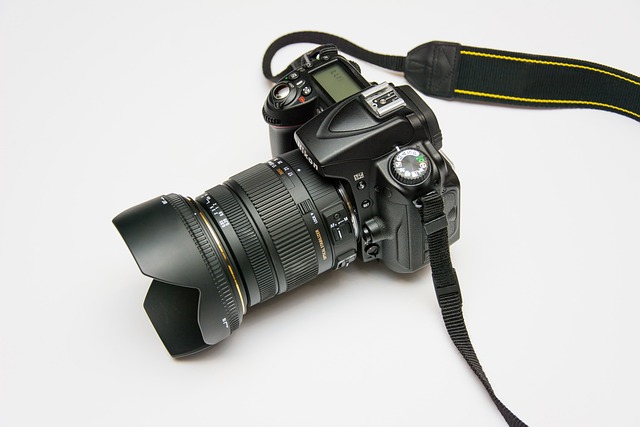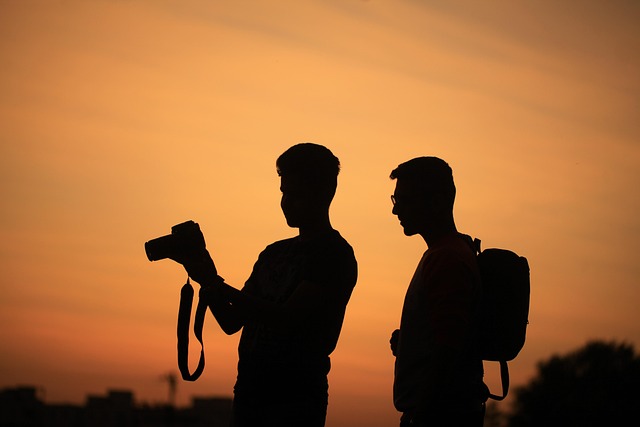How to Choose the Right Camera: From Your First Camera to Your Next Upgrade
August 13, 2025 by Marie Joabar
Whether you’re shopping for your very first camera or considering an upgrade, the choices available can feel overwhelming. Camera ads promise bigger sensors, more megapixels, and lightning-fast autofocus. YouTube reviewers have endless opinions. And if you ask a photographer friend, you might get five different recommendations for five different reasons.
Cutting through the noise, we’ll look at the basics for beginners, as well as more advanced considerations for hobbyists and intermediate photographers looking to make a strategic next step.
1. Start With Your Needs
Before looking at brands or specs, think about what you actually want to do with your camera.
Beginners:
- Ask yourself, What do I want to photograph? Are you drawn to travel, portraits, landscapes, wildlife, street photography, or maybe video?
- Also decide What are my goals with my photography? Decide if you want something simple and ready to use or something you can grow into over time.
Hobbyists/Intermediates: Don’t upgrade just because a new model came out—upgrade to solve a limitation or to open new creative possibilities.
- Identify what’s limiting your current setup. Do you need better low-light performance? Faster autofocus? Higher resolution for large prints? More frames per second for sports or wildlife?
- Your answers will help you hone in on the cameras that will have better performance and eliminate those that don’t.

2. Know the Main Camera Types
- Bridge cameras: DSLR-style bodies with fixed lenses and long zoom ranges—versatile but limited for upgrades. Aperture range may be more limited.
- DSLRs: Interchangeable lenses, great image quality, optical viewfinder, long battery life. Bulkier than other options.
- Mirrorless cameras: More compact and lightweight than DLSRs, with electronic viewfinders, advanced autofocus, and strong video performance.

3. DSLR vs Mirrorless — Beyond Size & Weight
The Mirrorless vs DSLR choice: Camera manufacturers are getting away from producing DSLRs and most are going forward with only Mirrorless cameras. However, DSLRs are still a great value for certain photographers and have huge used lens markets.
Here are a few trade-offs:
- Viewfinder experience:
- DSLR: Optical viewfinder, zero lag, natural view, but no live preview of exposure.
- Mirrorless: Electronic viewfinder, live exposure preview, more data overlays, but slightly more battery drain.
- Autofocus:
- Most Mirrorless cameras offer advanced eye detection and subject tracking, and excellent video AF. They also have a larger focus area.
- DSLRs don’t have as wide of a focus area but that may not be important based on what you shoot. If not doing birding or sports, it may not be an important feature.
- Battery life: DSLRs generally last longer per charge.
- Lens availability:
- DSLRs have vast used lens markets
- Mirrorless is catching up with newer and often sharper lenses.
4. Features That Matter
When comparing cameras, focus on features that actually affect your photography:
- Ease of use: Are menus intuitive? Are controls easy to reach? Does it feel good in your hand and work well when you look thru the viewfinder?
- Size and weight: The best camera is the one you’ll actually carry. Most Mirrorless cameras are lighter than DSLRs.
- Sensor size: Bigger sensors generally mean better image quality and low-light performance
- Full-frame cameras (35mm size) offer bigger sensors but are priced higher.
- APS-C or Crop Sensor cameras (24 mm size) are the most common and affordable.
- Micro Four Thirds Sensor cameras (1-inch size) Still a good size sensor, smaller than APS-C.
- Megapixels: More isn’t always better, 20–24MP is enough for most uses, including large prints. However, the more pixels you have, the more you can crop into your image and still have a good size file.
- Lens compatibility:
- Will you be able to add lenses that match your interests? Do you already have lenses?
- Will they fit on the new model (adaptors are available if going from DSLR to Mirrorless)
- Autofocus performance: Important for action, wildlife, or video. Most mirrorless cameras have wider focus area and can be faster to lock on than most DLSRs. Additionally, most offer eye tracking for various subjects, 3D tracking, AI subject detection.
- Low-light capability (ISO performance): Essential for night or indoor work. If this is important for what you photograph, choose a camera with high ISOs.
- Video specs: Resolution, frame rates, and stabilization matter if video is a priority.
- Advanced features you might want to consider: High frame rate & buffer for sports/wildlife, Weather sealing for outdoor and travel photography, Dual card slots for event shooters, IBIS (In-Body Image Stabilization) for low-light handheld shooting.

5. Think About the Whole System
Your camera body is just one part of your gear, consider the additional options like lenses and such.
- Beginners: Look for systems with a healthy selection of affordable lenses and accessories so you can grow into without replacing everything.
- Hobbyists/Intermediates: Research brands tiers, and whether the system supports the specialized lenses or tools you might want in the future.
6. When to Upgrade
- Beginners: Upgrade when your current camera truly can’t do something you need—like fast action shots or low-light performance.
- Hobbyists/Intermediates: Upgrade when you’re consistently hitting a technical wall and you know the new body will solve it. Avoid upgrading just because a new model is out.
7. Try Before You Buy
Nothing beats hands-on experience:
- Visit a local camera store to test ergonomics. Explore last-generation models, you may find a better price as newer models replace the previous ones.
- Rent or borrow before committing.
8. Camera Recommendations
Beginners:
- Entry-level Mirrorless: Canon EOS R50, Nikon Zfc and Z50, Sony ZV-E10, Fujifilm X-T30 II
- Entry-level DSLR: Canon Rebel T7i and T8i, Nikon D3500 (if available)
Hobbyists/Intermediates:
- Advanced APS-C: Fujifilm X-T5, Canon R7, Sony a6700
- Full-frame: Canon EOS RP, Nikon Z5, Sony a7III, IV, a7RIII and RIV
- Action/wildlife: Nikon Z8, Canon R6 Mark II, Sony a9 II

When purchasing, consider how the camera is bundled. Do you need just the body? Will you need lenses to be included with your purchase? That’s where whether visiting a local camera store can help; they’ll know about special pricing on bundles and also if there are any manufacture’s rebates or discounts available.
For beginners, your first camera is your entry ticket into the creative world of photography. For hobbyists, your next camera should be a purposeful step toward expanding your creative possibilities.
For either level, the RIGHT camera is the one that helps you capture the moments that matter most and pushes you toward your photographic goal.
